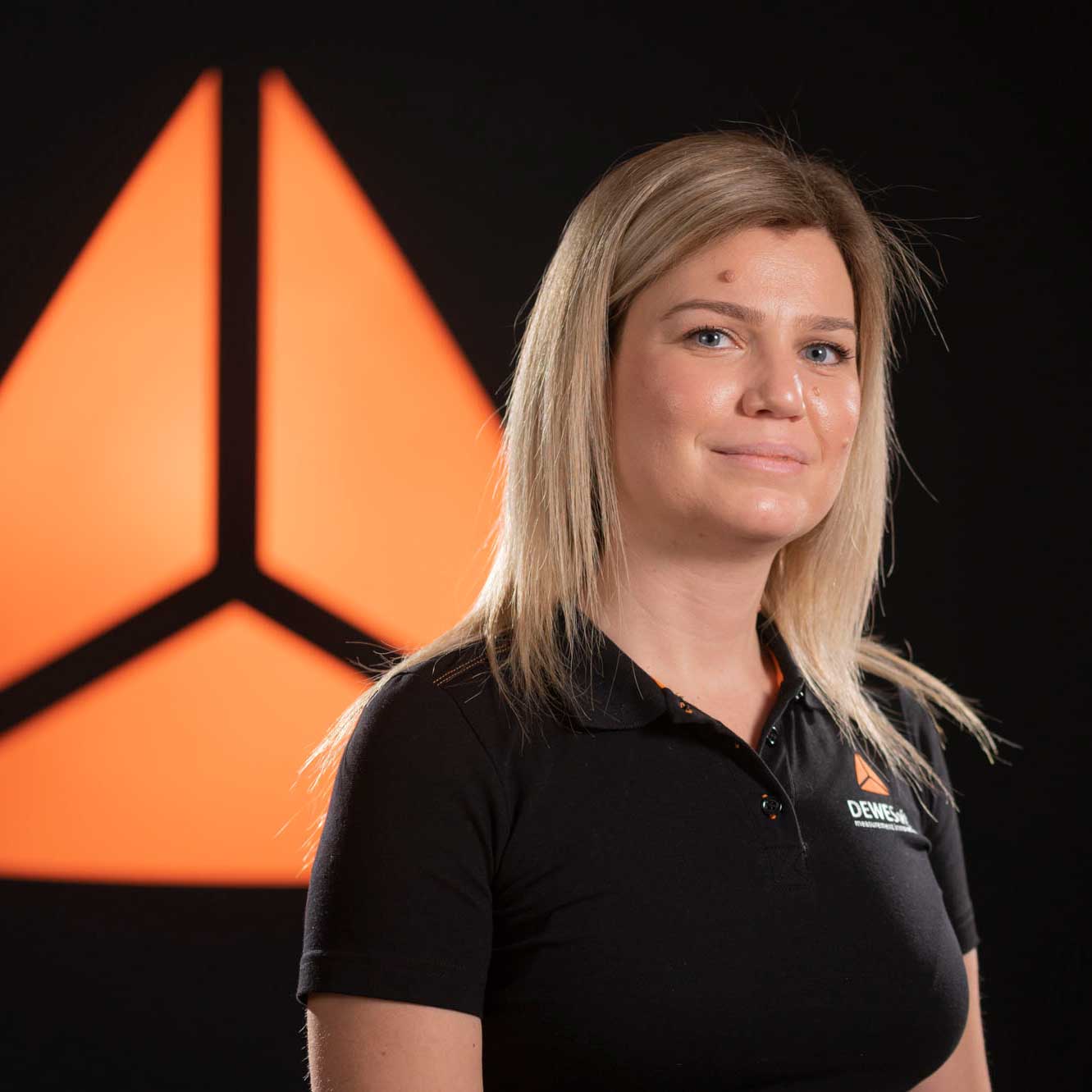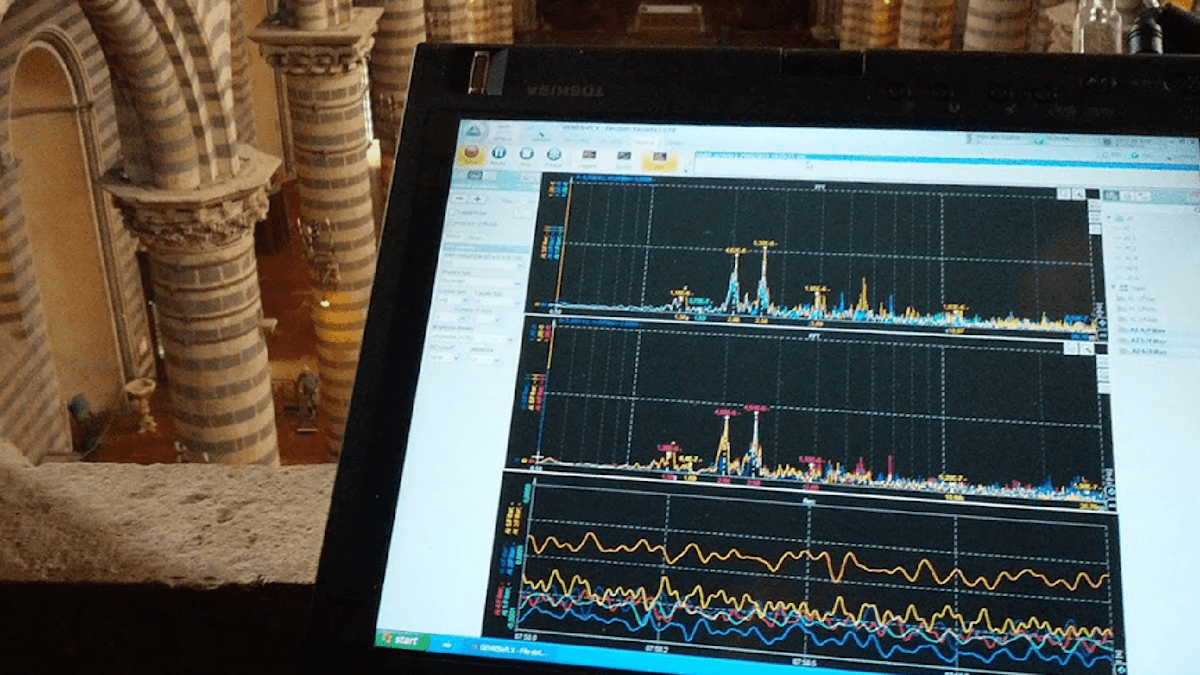Table of contents
Browse categories
Browse authors
 AB
ABAlberto Boffi
 AL
ALAlessia Longo
 AH
AHAl Hoge
 AB
ABAljaž Blažun
 BJ
BJBernard Jerman
 BČ
BČBojan Čontala
 CF
CFCarsten Frederiksen
 CS
CSCarsten Stjernfelt
 DC
DCDaniel Colmenares
 DF
DFDino Florjančič
 EB
EBEmanuele Burgognoni
 EK
EKEva Kalšek
 FB
FBFranck Beranger
 GR
GRGabriele Ribichini
Glacier Chen
 GS
GSGrant Maloy Smith
 HB
HBHelmut Behmüller
 IB
IBIza Burnik
 JO
JOJaka Ogorevc
 JR
JRJake Rosenthal
 JS
JSJernej Sirk
 JM
JMJohn Miller
 KM
KMKarla Yera Morales
 KD
KDKayla Day
 KS
KSKonrad Schweiger
Leslie Wang
 LS
LSLoïc Siret
 LJ
LJLuka Jerman
 MB
MBMarco Behmer
 MR
MRMarco Ribichini
 ML
MLMatic Lebar
 MS
MSMatjaž Strniša
 ME
MEMatthew Engquist
 ME
MEMichael Elmerick
 NP
NPNicolas Phan
 OM
OMOwen Maginity
 PF
PFPatrick Fu
 PR
PRPrimož Rome
 RM
RMRok Mesar
 RS
RSRupert Schwarz
 SA
SASamuele Ardizio
 SK
SKSimon Kodrič
 SG
SGSøren Linnet Gjelstrup
 TH
THThorsten Hartleb
 TV
TVTirin Varghese
 UK
UKUrban Kuhar
Valentino Pagliara
 VS
VSVid Selič
 WK
WKWill Kooiker
Structural Health Monitoring of the Orvieto Cathedral

Italy is among the nations that have the largest number of historic, monumental, and artistic buildings in the world. Preserving this heritage over the years is not only important but an obligation.
To do so, it is necessary to resort to diagnostic and preventive methods that do not distort the authenticity of the buildings. One such method is structural monitoring. A Dewesoft permanent dynamic monitoring system is installed in one of the masterpieces of Gothic architecture in central Italy: the Cathedral of Orvieto.

The cathedral of orvieto
The Basilica of Santa Maria Assunta, also known as the Cathedral of Orvieto, is one of the greatest Italian artistic achievements of the late Middle Ages, a masterpiece of Gothic architecture in Central Italy. Symbolic of the city of Orvieto itself, the Duomo is one of the most beautiful cathedrals in Italy and the world. The works for its realization began in 1290 AD.
The construction was a strong wish of both the Church and the Municipality. They intended to create a single large cathedral for the city to replace the two battered churches present on the beautiful square where the Duomo now stands. The episcopal church of Santa Maria was rather battered, and the parish church of San Costanzo was officiated by the canonical regulators who owned houses and shops adjacent to the associated monastery. The suggestive theory indicating that the main reason for the construction was the miracle relic, the Corporal of Bolsena, should be excluded.
The Cathedral is a magnificent construction that brings together different architectural styles. It can be defined as an admirable example of a balancing mixture of Gothic - especially for the facade with the slender spires - and Romanesque styles, even though the cathedral maintains its unique peculiarities. Numerous people and workers participated in the various phases of the cathedral’s design and construction.
Opera del Duomo d’Orvieto is responsible for maintaining the Cathedral, administering its assets, conserving its works of art, and managing the Museum. This autonomous body has decided to install a permanent health monitoring system at the Orvieto Cathedral in collaboration with Dewesoft.
The town with its historical building is located in central Italy, near the Central-Southern Apennine chain. This is one of the most seismic hazardous areas in Italy. It is struck by strong-motion earthquakes about once a decade. The Orvieto underground has several fault lines and active seismic structures.
The monitoring instrumentation setup
The structural health monitoring (SHM) system was installed to evaluate the dynamic interaction of the macrostructural elements of the cathedral, the transept, nave, and facade.
Amplifications of the accelerometric signal at the different points of the cathedral are monitored over time. These reflect the responses of the structure over time following stresses due to background seismicity or earthquakes as well as the passage of daily traffic or construction works. Such forces can modify the significant frequencies of the structure and result in structural degradation.
Specifically, this installation makes it possible to monitor the behaviour of the structure following the works that will be carried out in the coming months to make the Basilica and its facade into a single coherent structure.
The system chosen for long-term monitoring is IOLITEi-3xMEMS of the Dewesoft IOLITE family. This device is an acquisition module with a built-in sensor. Acceleration is measured thanks to an integrated triaxial MEMS accelerometer.
It is a highly reliable system and the sensitivity of the accelerometers integrated into the acquisition module is well-suited to measure the dynamics of the structure
says Gerardo De Canio, the structural consultant of Opera del Duomo d’Orvieto. “We chose Dewesoft as it is one of the best suppliers in the world”.
The hardware configuration chosen for this installation is a closed-loop. The modules are placed in an EtherCAT measurement chain with several nodes distributed at strategic points of the structure. In total, 13 IOLITEi-3xMEMS devices were installed along the columns of the central nave and on the central vault.
Using two IOLITE power injector modules with PoE technology allows to power the two branches of the ring from a single point with a single power source. This was required as the electrical network of the building structure is not capable of powering the entire acquisition chain path along which the accelerometric modules were positioned.
he communication takes place via the EtherCAT protocol which allows the distribution of the IOLITE devices even on large structures. The devices support distances of up to 50m node-to-node and the connections are made with a single network cable for signal, power supply, and data synchronization. It is even possible to cover distances greater than 50 m by interposing an appropriate passive repeater between two measurement points.
The number of accelerometers that have been chosen to mount in this first supply is not fixed, the system can easily be expanded with more accelerometers should it become necessary. A great advantage of Dewesoft data acquisition systems is that the number of channels can be expanded at any time.
The measurements
The configuration of the accelerometric channels in the measurement setup is straightforward and immediate. The IOLITEi-3xMEMS modules are automatically recognized by the DewesoftX acquisition software. The user is left with the simple choice of the most suitable unit of measurement (gom/s2).
In this case, the customer has chosen to acquire data with a sampling frequency of 100 Hz recording only the raw data and the maximum RMS scalar values of the triaxial accelerometers.
However, during the acquisition phase, the instant RMS value of each channel calculated utilizing basic statistical mathematics is displayed to detect any anomalies.
The software can also be configured for remote use - the acquisition system can be put online. Any authorized user can then log in and view the data acquisition in real-time and download the data files without necessarily having to go to the site itself.
In this case, the actual monitoring is done from an office in Rome. At the moment, however, the customer does not have a stable and secure internet network. The acquisition software is not online 24 hours a day, but a connection is made when data needs to be downloaded.
The system will record h24 with the option to have multiple data files each lasting 1h. In post-processing, this option provides access to all data files together to have a complete overview or just a single data file to analyze a specific one-hour section.
This multi-file option allows the creation of limited-size data files even in the case of permanent acquisitions, thus facilitating the opening and processing of data.
The DewesoftX software also offers the opportunity to record data on an event or trigger basis. This reduces the amount of data the structural expert will later have to analyze.
Threshold values can be set and, optionally, also a pre-trigger and post-trigger period on the raw data or the mathematics implemented in the measurement setup, such as the calculation of the RMS values of the accelerations.
In DewesoftX it is also possible to set alarms or groups of alarms and to send an email notification if and when an event occurs.
IOLITEi-3xMEMS: the DAQ device with integrated accelerometer sensor
The IOLITEi-3xMEMS acquires data through its integrated sensor. The A/D conversion of the signal is carried out within the instrument and thus even on the longest cables eliminates the noise problems.
The integrated microprocessor transmits the sampled acceleration values to the DewesoftX acquisition software installed on a Windows PC or sends the data to an EtherCAT master on the preferred platform. Automatic scaling of the data means that the data is immediately available in g or m/s2.
The built-in temperature sensor measures the temperature to which the MEMS accelerometer is subjected. This reading can be viewed between the System Monitor channels in the DewesoftX. The values are updated every second.
The IOLITEi-3xMEMS modules are the optimal basis for structural integrity or permanent monitoring solutions in civil engineering structures such as bridges, pylons, antennas, buildings, and stadiums. Furthermore, thanks to a spectral noise density of only 25 µg / √Hz and a residual noise of 100 µg these IOLITE sensors are an excellent economical alternative for seismic monitoring.
Learn more:

Conclusion
In many historic buildings, structural monitoring makes a valid contribution to the diagnosis and prevention of serious damage that can be caused by an earthquake or that can arise as a result of deterioration caused by the passing of the years.
The ultimate goal of all monitoring is to account for possible structural movements through results interpreted by expert technicians. In historic buildings, the installation of a monitoring system has three important objectives:
Assess if the facility needs maintenance.
Quantify the extent of progression of the monitored quantity and keep under control any abnormal situations, such as earthquakes, through preset "alerts".
Observe, following maintenance interventions, if the structure responds well and is returning to a full stabilization regime.
“Our need is not so much a ground seismic station, but rather a system to monitor the dynamics of the structure”, says Gerardo De Canio.
These accelerometers have good gain and a good signal-to-noise ratio. We have already asked Dewesoft for an extension of the entire monitoring system.
The Dewesoft monitoring system with IOLITEi 3xMEMS modules is easy to install, non-invasive, and very low cost if compared to the value of the works. The DewesoftX data acquisition software allows viewing the data already during the acquisition phase, these data can then be further analyzed with the same software.
Respecting and preserving the historical heritage over the years is important. To do so it is necessary to resort to diagnostic and prevention solutions capable of not distorting their authenticity and beauty. Dewesoft systems are fully in line with this philosophy, allowing continuous monitoring of the structures and at the same time ensuring a non-destructive analysis.